The state commission of inquiry into the Meron disaster held its first day of hearings on Sunday, almost four months after the disaster.
Northern District Police Commander Shimon Lavie was the first one to testify. “Meron is the biggest event for the Israel Police and also the biggest for the Northern District that I head.”
Lavie then explained the background to the huge crowds at the event: “There hasn’t been a restriction on the size of the crowd in Meron for already 30 years – for safety reasons. Restricting the crowd would create a larger bottleneck at checkpoints outside the event – which could lead to a greater disaster.”
Lavie said that there has been “years-long neglect by the various responsible parties and a lack of understanding that the event grew larger over time but the infrastructure wasn’t adequate but a kind of Band-Aid.”
“We, the police, should also be investigated,” Lavie asserted. “I have no intention of shirking responsibility. The police were part of the issue. However, other issues must be investigated as well. I’m not blaming anyone here, I’m blaming the process. There were decisions that weren’t approved, a lack of arrangments over many years – and everyone just went with the flow.”
Lavie also described what he witnessed that night: “Rows of the dead, screams, police officers vomiting, civilians vomiting and crying. I saw children there also.”
“Dozens of people lying on top of each other. Police officers and soldiers and shocked civilians evacuating the injured on stretchers. We brought 50 stretchers from the army. My only thought was to save as many lives as possible.”
מפקד המחוז הצפוני, ניצב לביא בוועדת החקירה לאסון במירון: "הייתה הזנחה במשך שנים. חוסר הסדרה של תחומי אחריות, חוסר הבנה לזה שהאירוע גדל עם הזמן והתשתיות לא בהתאמה אלא כסוג של פלסטר. אני מאשים פה תהליך. היו החלטות שלא התקבלו לאורך זמן וכולם זרמו עם העסק הזה"@amotzsh pic.twitter.com/3XmeTDzAez
— כאן חדשות (@kann_news) August 22, 2021
האסון במירון: ועדת נאור יוצאת הבוקר לדרך. בעוד כמה דקות תחל עדותו של ניצב שמעןן לביא@N12News pic.twitter.com/TQ81e8n9Ft
— יובל אראל Yuval Erel (@ErelYuval) August 22, 2021
Retired Supreme Court Justice Miriam Naor asked Lavie if anything drew his attention prior to the disaster. “No one told you that there’s overcrowding by Toldos Aharon?”
Lavie: “There were no reports on overcrowding by Toldos Aharon.”
“But you had the number 25,000 before the event…and you don’t know the number specified by the licensing engineer, you don’t even have an estimate. But the fact that there’s was huge gap between what the engineer determined and what’s happening in the field wasn’t a red light for you?”
“When I say 25,000 people, that’s an estimate,” Lavie said. “Out of a lack of alternative, I evaluate the situation at the event itself. Wherever there is overcrowding at passageways and narrow places, those are the places we have to intervene.”
Naor: “That I understand. The question is if it wasn’t necessary to intervene beforehand?”
“Let’s say I would want to impose restrictions but I don’t have regulations that were approved,” Lavie responded. “And the day before the event, I realize that there 40,000 people in tzimmerim (guesthouses) who are planning on coming by foot. What do you think I should do [without regulations in place]?”
(YWN Israel Desk – Jerusalem)




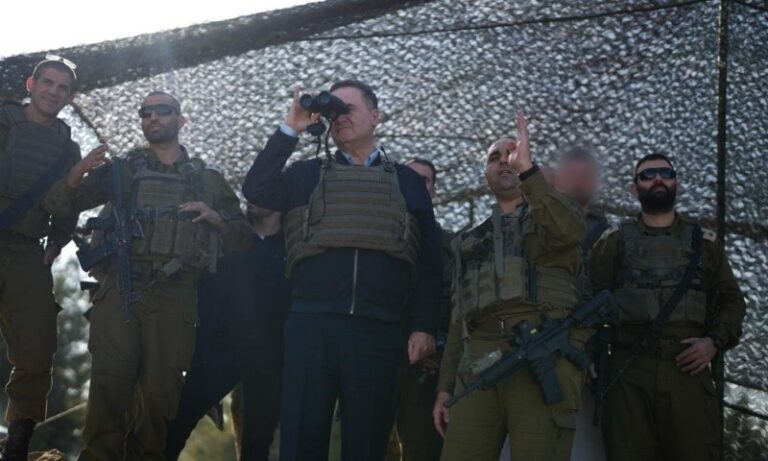

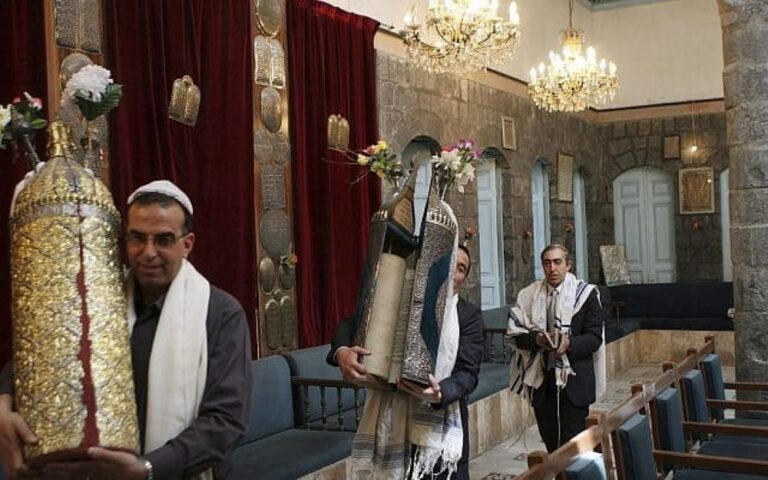

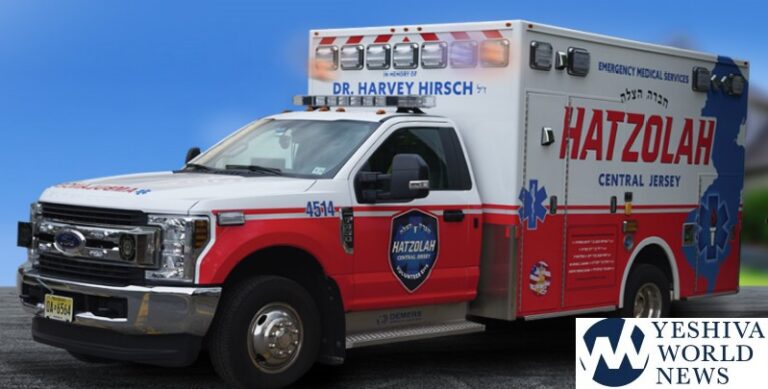
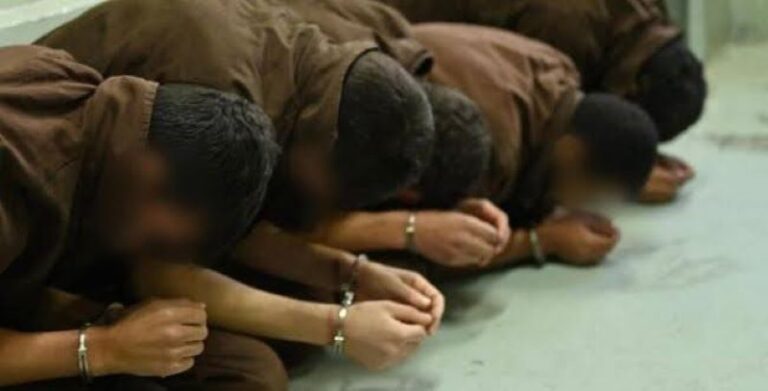
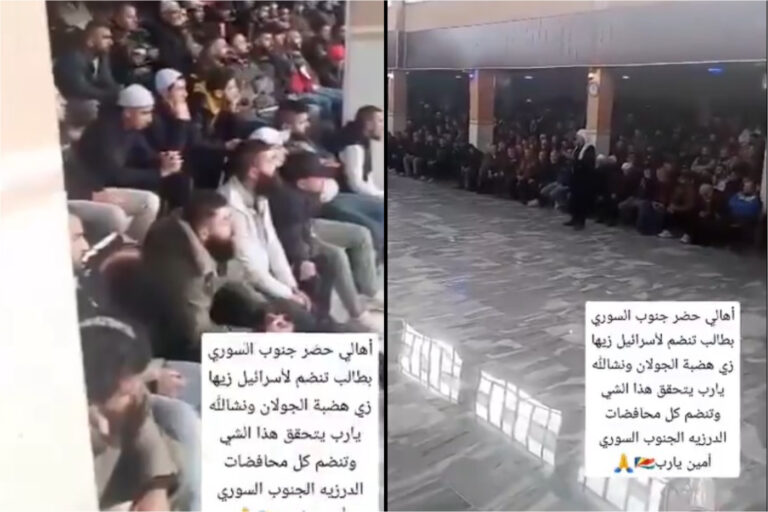

3 Responses
“What could I do without regulations in place”?
Bureaucrats seem pathologically incapable of exercising independent judgement when lives are at stake. If as he says, he knew in advance of the massive overcrowding, he could have mobilized resources and blocked the main roads into the area and limited foot-traffic to the degree his manpower allowed. He could have publicly dismantled the bonfire setups and publicized his actions to lower the incentive to come. There were many things he could have done to lessen the risk rather than simply waiting for the predictable tragedy. Sadly, we bludgeon our career political and military managers into a highly risk-averse, keep your head down, don’t think independently mindset where common sense gives way to a rulebook.
We saw in Kabul last week how one mid-level air national guard officer flying a B-27 with refugees ignored all of his standing orders on his plane’s maximum capacity and boarded nearly 700 refugees into the plane and flew them to safety in the UAE for futher vetting. Hopefully he will be given a medal rather than court-martialed for disobeying orders.
Correction: Obviously C-17 air force cargo jet not B-27 (which was a proposed WWII advanced bomber that was never built).
Normal troop seating for a C-18 is either 54 fixed sidewall seats and/or 48 centerline cargo floor seats. For special configurations a maximum seating combination using sidewall seats and 9 seat pallets will support up to 188 passengers.
From a story on YWN around the time of the tragedy, will this witness be allowed to testify at the hearings:
Deri explained what he experienced at Meron: “I was next to this wall of death [a metal barrier placed at the exit by the police] – to which there’s no explanation or inkling of why it was put there. I went back, I fought against the swarm of people and I managed to get out.”
“I have witnesses to this – I cried to the police officer and told him: ‘Take this out – this wall of death – we’re dying.’ I told him that I almost fainted. I said: ‘There’s going to be dozens of people dying and I’ll testify against you in court.’ And this was ten minutes before the tragedy occurred.”
https://www.theyeshivaworld.com/news/headlines-breaking-stories/1970352/i-cried-to-the-policeman-take-the-barrier-away-or-people-will-die.html
Deri explained that even before the tragedy occurred, the crowding was so severe that it was life-threatening and that’s what he was warning the police about: “[I was warning the police] due the crowding and pressure. What happened was that the Toldos Aharon hadlaka took place suddenly. And it’s not clear who gave an order to close off the entrance – they left only a narrow exit. The [Toldos Aharon] hadlaka is maybe the biggest one and it’s the most crowded and someone gave an order to close off the entrance.”
“I came out because I was suffocating from the crowding during the hadlaka. They told me to leave from the stairs but it wasn’t possible to leave, people tried to leave but couldn’t. A father with a three-year-old was next to me and he pleaded with me: ‘Take him out, he’ll die here’ – and this was before the disaster. Slowly the crowding got even worse, with thousands trying to leave the hadlaka but the other side was closed.”
“Until my dying day I’ll recognize that police officer. I don’t know if it was all because of him. I requested one thing – come down and see, people are fainting, do something. I cried to him for about five to seven minutes. I told him: ‘You’ll be responsible for what’s happening here.’ I also cried to two police officers who were standing next to him. Whoever thinks that the police are not guilty is making a big mistake. We were screaming and begging to open it up – no one understands who gave the order [to place a barrier by the exit] and why.”
“They put the wall of death there. Anyone who was walking toward the entrance should have been able to leave and the barrier they put there blocked it off. People were suffocating at the hadlaka, they wanted to leave but there was no option.”
“Those who say that there’s no one to blame, not even the police – it was clear that they were going to die. I was there and I heard several people say ‘Shema Yisrael.’ I don’t know how to explain it.”